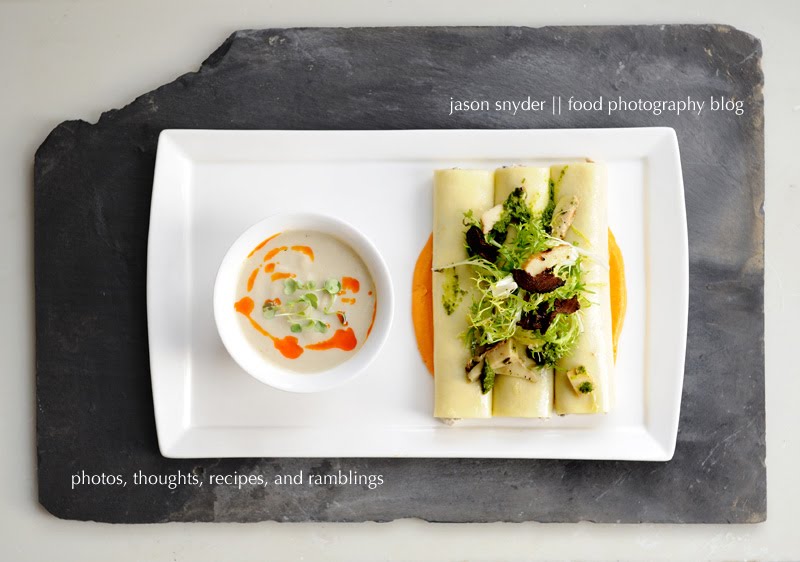This galette is an adaptation of several others, and includes what I happen to have on hand at the time. It is simple and satisfying, and is just the kind of food that I love. Substitutions can be made, of course, for the filling - I have considered roasted red peppers, summer squash, varying tomato hybrids, and eggplant. One thing to consider always when making a filled pastry such as this, is to keep in mind the amount of liquid that is included, and to always limit the amount of time that transpires between the time you fill it and the time you pop it into the oven. It begins with a basic pâte brisée (omitting the sugar). For your reference:
Pâte Brisée
2 cups flour, sifted
1.5 sticks (6 ounces) unsalted butter
1/4 tsp salt
approx 1/3 cup very cold water
I use a food processor for this - put the first 3 ingredients into the bowl of the processor, and give it a few quick pulses. You want varying sizes of butter pieces, the largest being about the size of a pea. You won't get any extra points for beating this to death - manipulate this as little as possible. Slowly drizzle the cold water into the processor top as you pulse - again don't go crazy with this. The amount of water to add varies, so continue so long as you see dryness in the dough. Stop just before you think you are done - you can't remove the water once it's added. Turn it out onto a sheet of plastic wrap, and ball it up. Make it into a disc and place into the fridge to rest.
Get your oven preheated to 400º (I recommend a conversion of 375º convection).
Slice a small zucchini into thin coins. Place them onto a board covered with paper towels, and sprinkle a bit of salt over them. Leave them there - they need to sweat out some liquid. Slice a tomato very thin
Shred about a 1/2 cup of mozzarella (not fresh), and mix this with about 1/4 cup of parmesan (preferably parmigiano reggiano), and about 1/2 cup of ricotta. Finely dice a clove of garlic, and mix it into a bit of olive oil in a small bowl. Mix about half of this oil/garlic mixture into the cheese. In another small ramekin, whisk an egg yolk with a bit of cold water.
Retrieve your pâte brisée from the fridge, and turn it out onto a board or counter dusted with semolina or AP flour. Roll it into about a 15 inch circle. Place the rolled out pastry onto a sheet pan covered with a piece of parchment. Place the cheese filling in the middle, leaving about 1.5" around the outside. After pressing the tomato and zucchini slices with a paper towel on the top to remove all excess liquid, layer the coins of zucchini and tomato like shingles around the middle of the shell. Sprinkle thyme tips and leaves, or a chiffonade of basil onto the top, and drizzle the remaining oil/garlic over it all. Fold the pastry edges into the middle, overlapping roughly and pinching when necessary to seal it all in. It's not a beauty contest - if your pastry is done right it will puff and seal while it is baking. Use your fingers to rub the yolk/water mixture all over the outside of the pastry, and give it small pinch of salt (fleur de sel is good for this), but don't go overboard. Pop it into your well preheated oven and bake for approximately 35 minutes, or until the pastry is golden and the filling bubbles. Serve hot, warm, or at room temperature with a bottle of good red wine. Serves 2 greedy people, or 4 as a side to a nice roasted chicken or duck.























